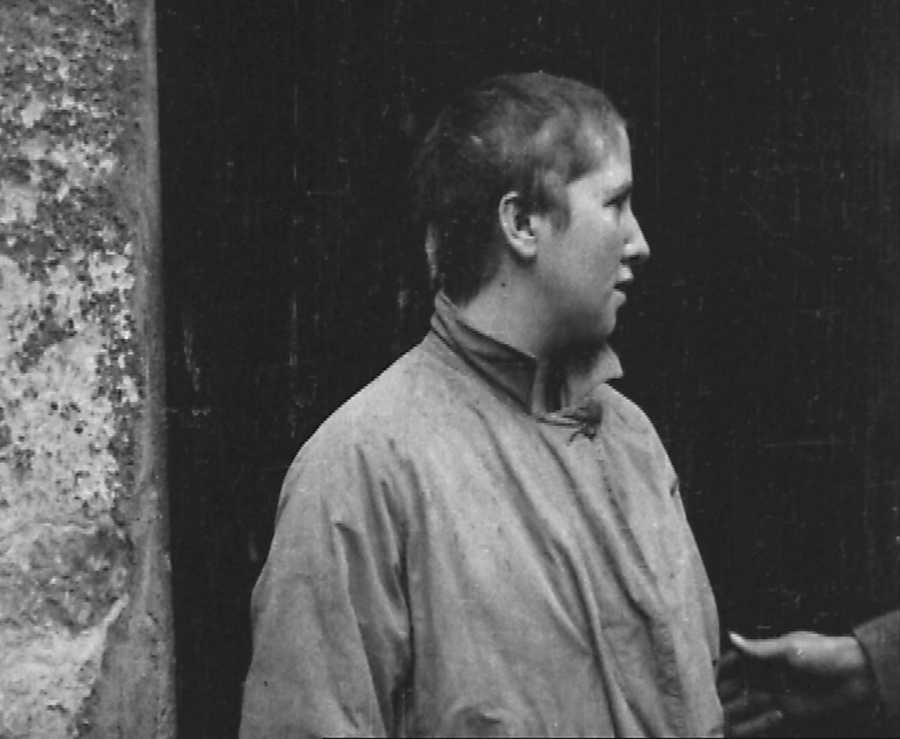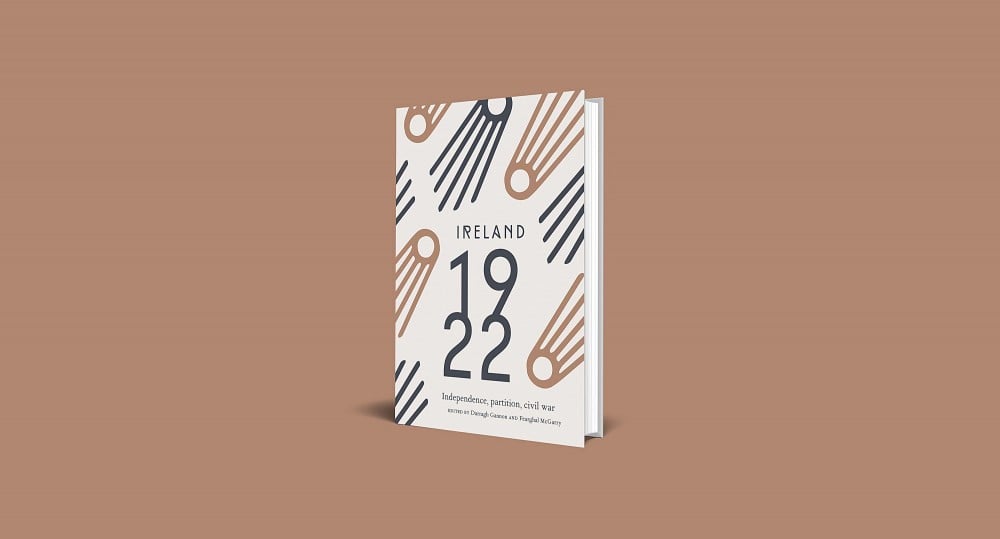22 May 1922: The Forcible Hair Cutting of the Cullen Sisters of Keenaghan, Co. Tyrone
Gendered Violence Against Women
by Mary McAuliffe
In June 1922 a brutal outrage that occurred in the townland of Keenaghan, in the parish of Killyman, near Dungannon, Co. Tyrone, was reported in several newspapers. Late on the night of Saturday, 22 May 1922, about twenty armed and masked men forced their way into the Cullen family home. Mrs Mary Cullen was brutally assaulted, as was her son (Peter) who was beaten unconscious. Also present in the house were two of Mrs Cullen’s daughters, Mary and Teresa. The newspapers record that the ‘cowardly ruffians’ produced scissors they had brought with them, and proceeded to attack the sisters, cutting their hair off so roughly that their ‘scalp [was] cut in each instance in several places’.¹ Some reports indicate that Mrs Cullen also had her hair sheared off. Before the raiders left, they smashed furniture and broke in the doors and windows.
Three nights later, on 25 May, in the townland of Laghey, also in Killyman, another woman was attacked and had her hair forcibly cut. The wife of an RIC constable, Sergeant Dennison, was attacked in her home by several men who gained entrance by pretending to be members of the B-Specials section of the Ulster Special Constabulary. When Mrs Dennison opened the door, the assailants threatened her with a revolver, dragged her outside and cut off her hair. It was, the men said, punishment for flying the Union Jack over the house on Empire Day (May 24).² A third attack occurred in Killyman on 13 July 1922, when Meta Evangeline Cooke was attacked, in her home, by two men. They threatened her with a revolver, produced a penknife and cut off her hair. It was later reported that she had been targeted for giving information to the police.³
The policeman who investigated the Cullen ‘outrage’ said it was the most ‘revolting sight he had ever seen’, while the judge opined that ‘the attacks on defenceless women illustrated the depths of cowardice and degradation to which the miserable warfare had descended…he had heard of such cases before but never had he found them accompanied by such violence and barbarity’.⁴ These attacks, in the same parish, within a few weeks of each other, encapsulate the issue of gendered violence against women during outbreaks of violence in the northern countries in 1922, and indeed throughout Ireland from the outbreak of the War of Independence in 1919. In particular, the attack on the Cullen household illustrates the nature of gendered punishments meted out in revolutionary Ireland. All members of the household were attacked by the ‘ruffians’, but it was the women who were targeted for forcible hair cutting.
While the judge and the investigating policeman were horrified, the outrages cannot have been much of a surprise to them. Newspaper reports, military pension applications, Bureau of Military History witness statements, reports to the several commissions on conditions in Ireland (many by women), propaganda materials, diaries, memoirs, military, police and government records all indicate that forcible hair cutting was a gendered tactic of disciplinary violence during 1919–23. Women suspected of supporting or working with the IRA were targeted by the Crown forces, while women and girls suspected of ‘company keeping’ with members of the police or military were targeted by the IRA. During the reprisal and counterreprisal of guerrilla war, as well as during the violence that accompanied partition and, later, the civil war, women were deliberately targeted. By late 1920, as Lil Conlon, a member of Cumann na mBan in Cork, stated:
the going was tough on the female sex…[to] intensify the reign of terror, swoops were made at night, entries forced into their homes, and the women’s hair cut off in a brutal fashion as well as suffering other indignities and insults.⁵
Although forcible hair cutting is often mentioned in the sources, evidence of ‘other indignities and insults’, particularly of sexual violence and rape, is much more difficult to uncover. Historians have claimed that there was a low incidence of sexual violence during this period, and the paucity of evidence in the archives would seem to support this claim. It has to be noted, however, that most women were reluctant to talk about or report sexual attacks, which could account for the lack of archival material. The British Labour Commission to Ireland (1921), surprised to find little evidence of sexual assaults, reasoned that this was because the women of Ireland were ‘reticent on such subjects’.⁶ Nevertheless, reticent as they undoubtedly were, evidence of wartime rape and sexual assault by both sides does exist. In 1922 several brutal rapes and sexual assaults were recorded. On 14 June 1922 the McGuill home in Dromintee, Co Armagh, was attacked by B-Specials. Mrs McGuill was gang-raped and a female servant sexually assaulted; a provocation that likely contributed to the exceptionally brutal Altnaveigh reprisal, which resulted in the killing of six Protestant civilians three days later.⁷ Further south, on 22 June, Harriet Biggs was gang-raped at her home in Dromineer, Co. Tipperary, by members of the IRA, while another IRA gang raided Sopwell Hall in Cloughjordan, Co. Tipperary, in July 1922 and sexually assaulted two of the maids.⁸
Wartime rapes and sexual assaults are infrequent in the records. However the deliberate and gendered violence of forcible hair cutting nevertheless constituted a significant trauma. The reporting of these assaults was often dry and emotionless, but there can be no doubt of the real violence— physical, psychological and possibly sexual—inflicted. Women endured extreme bodily violation, degrading treatment and possibly sexual assault during forcible hair cutting, for reasons of social and moral control. For the Crown forces, women who were suspected of republican leanings had to be controlled and contained, while the IRA used gendered violence as a way of disciplining ‘its’ women, especially those girls and women considered deviant because of their associations with the enemy. For decades, the voices, experiences and traumas of women during the Irish revolution have been absent; historians are now providing a corrective to those omissions, which will serve to broaden our understanding of the nature and extent of gendered violence against women during this period of conflict.⁹
Extracted from Ireland 1922 edited by Darragh Gannon and Fearghal McGarry and published by the Royal Irish Academy with support from the Department of Tourism, Culture, Arts, Gaeltacht, Sport and Media under the Decade of Centenaries 2012-2023 programme. Click here to view more articles in this series, or click the image below to visit the RIA website for more information.






















